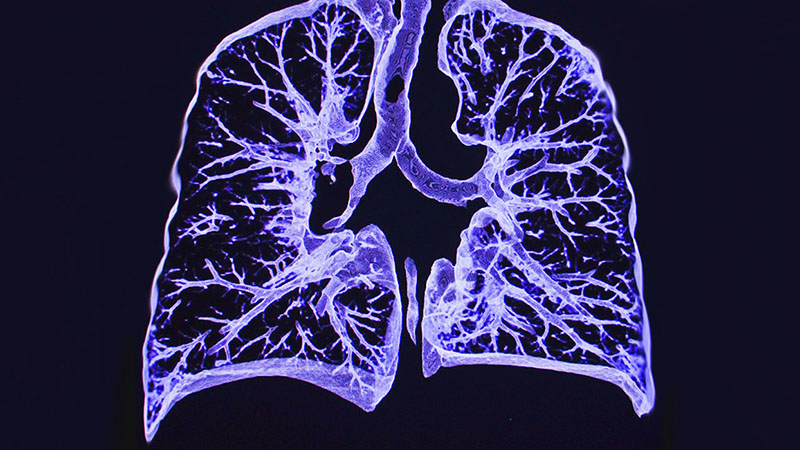Causes and Diagnoses
Causes and Diagnoses of Chronic Obstructive Pulmonary Disease (COPD)
Our personalized, multidisciplinary approach to care begins with diagnostic testing to help determine the best course of treatment for you. Tests will incorporate complete pulmonary function testing to see how well your lungs take in and release air, including:
- Spirometry: This test measures the quantity and speed of air you exhale to estimate how much your bronchial tubes are inflamed and narrowed.
- Peak flow meter: This device measures how hard you can exhale. Peak flow meters can be used at home to monitor your condition.
- Arterial blood gas: This blood test checks the amount of oxygen and carbon dioxide in your blood and measures your blood’s acidity.
- Exercise oximetry: This checks the oxygen level in your blood during moments of exertion with a sensor that’s clipped onto your finger.
- X-ray: A chest X-ray can identify the level of damage to your airways.
- Computed tomography (CT) scan: This test combines X-ray and computer technology to produce detailed cross-sectional images of your chest cavity.
- Bronchoscopy: An endoscope (a thin, flexible tube with a light and camera on the end) is inserted into your airway to check for damage.




